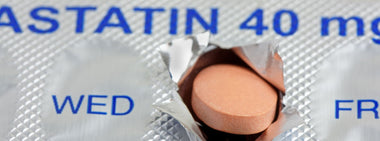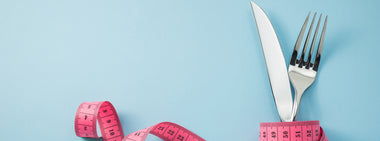Everything you need to know about plant sterols
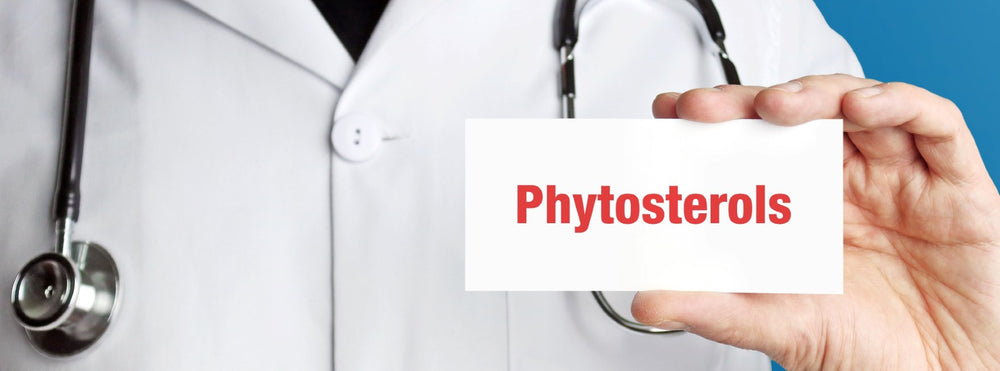
From time to time, we get questions from customers about plant sterols. What are they? What do they do? Are they appropriate for everyone with high cholesterol?
Plant sterols and stanols, usually referred to collectively as plant sterols or phytosterols, are natural plant components. If you eat a diet rich in plant-based foods, you will be consuming a diet rich in plant sterols and stanols. Plant sterols are actually the plant version of cholesterol. Just like we have cholesterol in every cell wall of our body, plants have their own version of cholesterol in every cell wall of their structures.
At this point you might be thinking that eating plant cholesterol to help lower cholesterol doesn’t really make sense. But here’s why it works:
Plant sterols are similar but different from dietary and bile cholesterol. They’re similar enough that when we eat them the body thinks they’re the bile/food forms of cholesterol and tries to absorb them through dedicated cholesterol receptors in our digestive tract. But plant sterols are NOT dietary or bile cholesterol. So they might get absorbed into intestinal cells but they then quickly get spat out again because our bodies realize these are not the cholesterol particles they were looking for. As a result, plant sterols keep cholesterol receptors occupied doing busy work - meaning bile and dietary cholesterol have fewer receptors to access. So blood cholesterol levels fall.
Plant sterols are known to lower LDL cholesterol, by as much as 15%. It’s probably one of the reasons why vegans display lower cholesterol levels and, consequently, lower heart disease risk.
What about plant sterol safety?
If you go online, you may run across articles that show that plant sterols can make their way into the bloodstream and that because they are a form of cholesterol they could contribute to plaque formation.
In the extreme, that is true. There is an exceedingly rare condition called sitosterolemia where plant sterols are excessively absorbed from the intestine. This leads to very high sterol levels in the blood and deposits of phytosterols EVERYWHERE including tissues like tendons, the tissues around the eyes - and blood vessel walls. Plant sterol deposits can also cause joint stiffness and pain, and even affect platelet formation, leading to low platelet counts and abnormal platelet appearance. Although the true incidence of sitosterolemia is not known precisely, the estimates range from 1/360,000 to 1/2,600,000 people or 0.000003% to 0.0000004% of the population.
Sitosterolemia is a genetically driven condition, so it is present from birth. Clues that you have this include the symptoms mentioned above and cholesterol levels that are high but don’t respond to statin medications. But you really need to test blood sitosterol levels to be sure whether or not you have this condition. In that case you will see sitosterol levels in the range of 100 to 650 mg/L (normal range being 1.7 to 3 mg/L). In those without sitosterolemia, nearly all have sitosterol levels below 7 mg/L.
So what about the situation where your sitosterol blood levels fall between 3 and 7 mg/L?
Some would have you believe that this is a disaster. You’re absorbing more plant sterols than is normal! You’re going to accumulate plant sterols in artery walls!
I suspect that if we looked hard enough, we would find some plant sterols in every plaque analyzed. Yes, intestinal cells are supposed to spit every plant sterol they absorbed back out into the digestive tract, but no system is fool proof. And just because you see a plant sterol molecule in plaque is not a reason to panic. Just like calcium in heart arteries is not the problem but a marker of the problem, plant sterols in plaque is not the problem --- the fact that you have plaque in the first place is the problem!
So rather than obsessing about a tiny amount of plant sterols in plaque, what we should be wondering about is what a sitosterol level between 3 and 7 mg/L is trying to tell us. A modestly elevated sitosterol level is simply a good indicator that you are a very avid cholesterol absorber. Which means a high fiber diet is your friend (and a high fiber diet can only come from plant-based eating – which means you will get some plant sterols in there as natural companions).
If you recall the blog about causes of high LDL, the other thing this means is that you are unlikely to be an uber-responder to statins. Meaning you will need much higher doses of medications like Lipitor® or Crestor® to get you to goal. On the other hand, you are very likely to be an uber-responder to ezetimibe (Zetia®) which blocks cholesterol (and plant sterol) absorption in the digestive system through inactivating the specific intestinal receptor central to that process. (As a side note, ezetimibe is the first line treatment for people with sitosterolemia).
Bottom line, unless you have that exceedingly rare condition, you don’t need to be concerned about plant sterol absorption because:
- Plant sterols are found in plants. If minor sterol absorption was a problem, eating plants would be a problem, and the data overwhelmingly shows us that the opposite is true.
- Plant sterol levels in the blood are a surrogate marker for intestinal cholesterol absorption. So an increased plant sterol level in a non-sitosterolemic patient is the marker of a problem, not the cause of a problem.
- Safety of plant sterol consumption has been extensively tested and validated in animals and humans (with the exception of two specific populations and with one minor caveat - see below).
- You can’t extrapolate adverse risk from one situation to another because risk is not entirely linear. Just because sky high circulating sitosterol levels are concerning doesn’t mean that much lower levels are proportionally harmful. Here’s a good way to think about this: if a train carrying 500 people crashes while traveling at 100 miles per hour and all 500 people die, it is not a given that 5 people will die if that same train crashes while traveling at 1 mile per hour.
There has been one minor negative effect noted reasonably consistently with plant sterol use and that is a small reduction in the absorption of fat-soluble vitamins and carotenoids. This effect appears to be clinically insignificant. However, if this concerns you, you can counter it by increasing your consumption of fruits and vegetables, especially orange foods like carrots and sweet potatoes. These are the types of foods you should be eating regularly anyway.
Finally, effects of plant sterol intake have not been tested in infants and pregnant women with or without high cholesterol. And they likely never will be. So out of an abundance of caution – just like for any intervention designed to lower cholesterol – ongoing regular/daily plant sterol supplementation is not recommended for infants and pregnant women, regardless of starting cholesterol levels. However, pregnant women should still eat plenty of fruits and vegetables and the caveat around infants is somewhat moot as infant formulas don't contain added plant sterols.
Having said all of that, given the favorable safety data, the extremely low likelihood of negative effects, as well as proven efficacy at helping lower cholesterol, plant sterols can be a very useful adjunct to cholesterol lowering attempts. It’s no wonder the American College of Cardiology and the National Lipid Association have both called for the increased consumption of these compounds in people with high cholesterol, especially those not at goal despite maximum tolerated statin doses.
And one last point: If you have high cholesterol and you've had your plant sterol levels measured and they fall in that 3 to 7 mg/L range, think ezetimibe as your first choice for lowering LDL. It's a generic medication, has very few side effects and could be far more impactful on your cholesterol profile than statins.
Here's more information on how plant sterols help lower cholesterol.
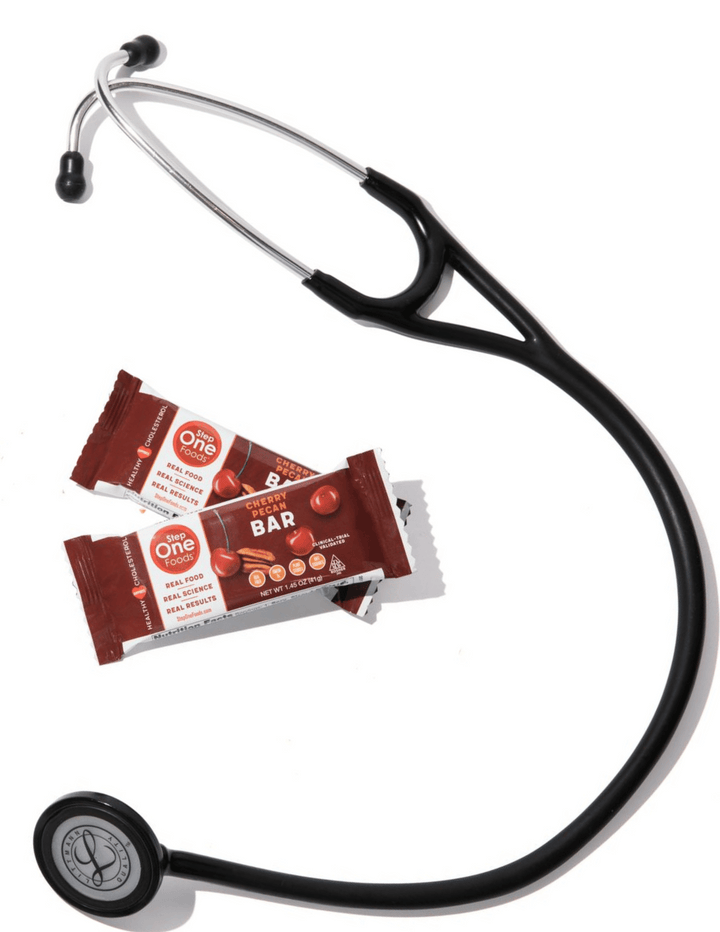
Tested & Proven Results.
- Cardiologist formulated
- Supported by over 500 publications
- Clinically-proven, in a double-blind randomized trial with Mayo Clinic and The University of Manitoba
80% of participants lowered their cholesterol in just 30 days. With just two servings per day, Step One Foods offers a proven-effective way to naturally lower LDL (bad) cholesterol.
Get heart health tips and articles like this, delivered right to your email.
New articles every week.
You may also like...
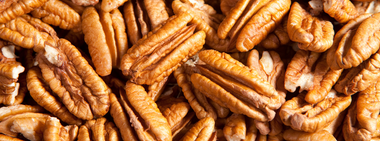
The Next Super Food: How Pecans Help Lower Cholesterol
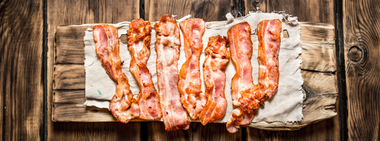
You don’t need to avoid foods with cholesterol…except for these
